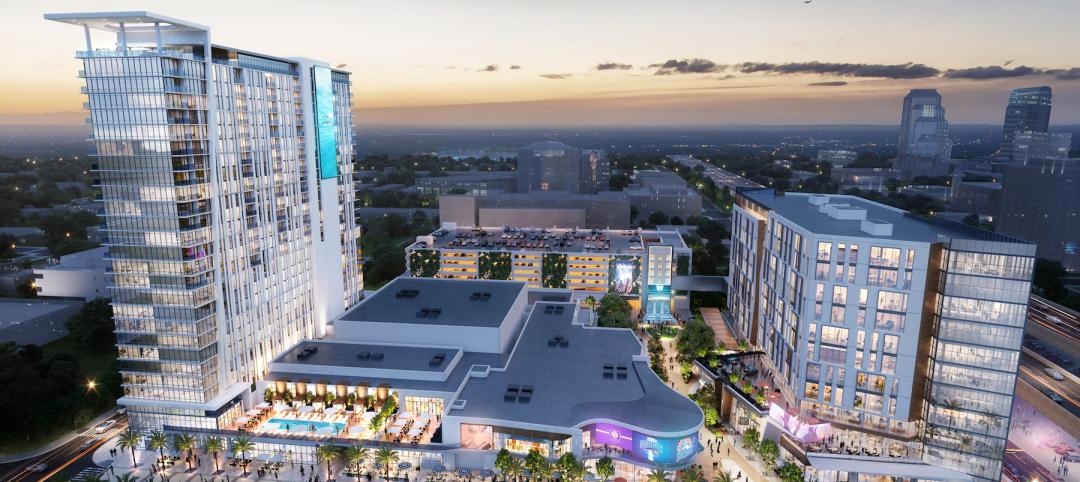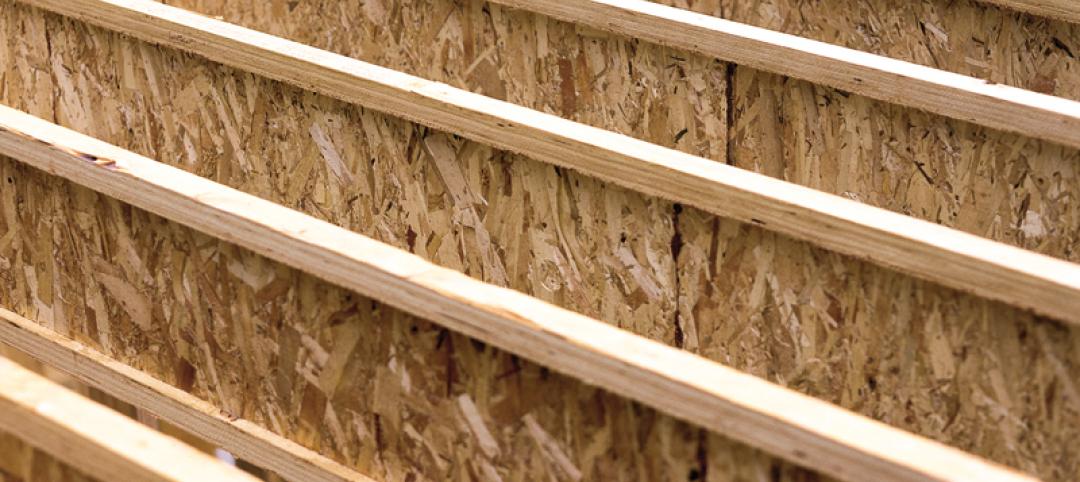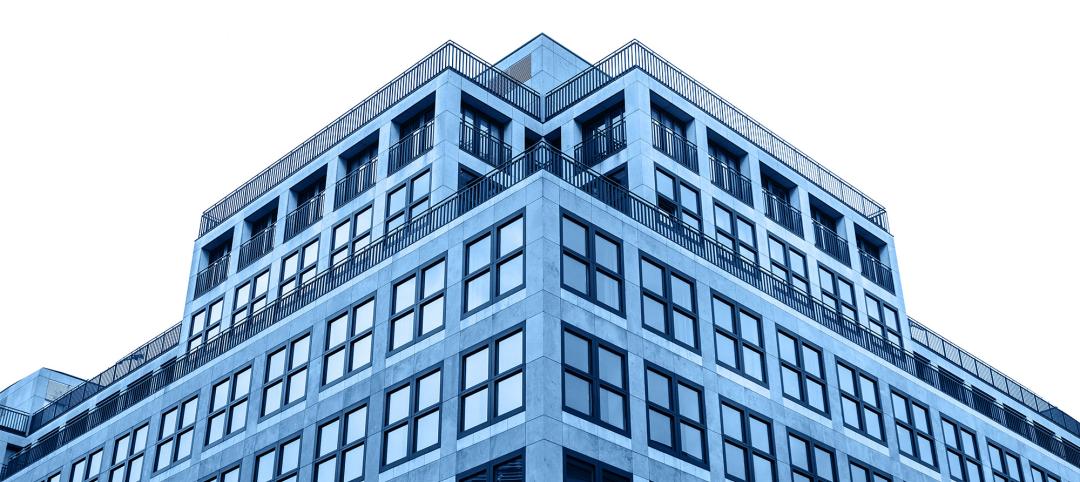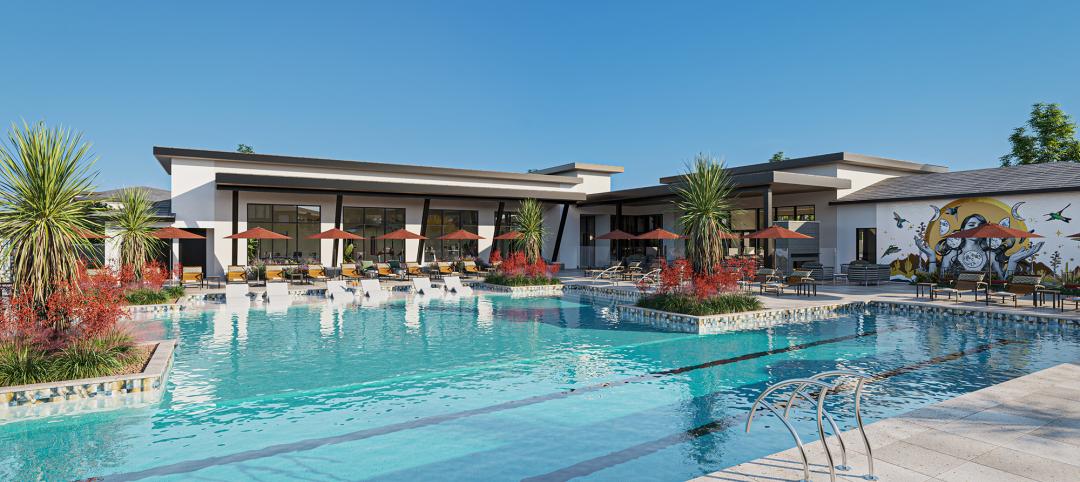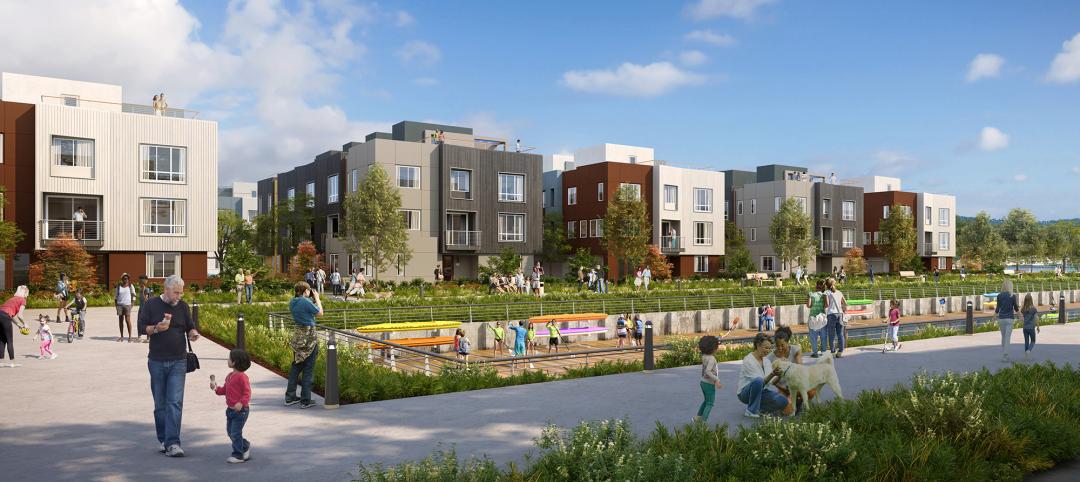Demand for multifamily housing is expected to remain strong in the foreseeable future. But multifamily construction, which has been well above “normal” levels, is likely to slow a bit, which could impact rental rates.
At the recent International Home Builders Show in Las Vegas, the National Association of Home Builders (NAHB) unveiled its latest projections for home starts and sales. The association’s members had just come off of a year in 2014, when single-family home sales jumped by 29.3% to 436,000 units, according to Census Bureau and National Association of Realtor estimates. Builders started a total of 993,000 homes in 2014, 6.7% more than the previous year.
Over the past few years, housing starts have fallen short of NAHB’s predictions about a housing recovery. Last year, single-family starts were just north of 638,000 units, or about 3% more than in 2013. But the association now thinks housing is poised to take off in 2015, and expects single-family starts to rise by 26% to 804,000 units.
NAHB is less gung-ho about multifamily construction, which “has been producing more units than in previous cycles,” observed David Crowe, the association’s chief economist. His forecast shows multifamily starts reaching 358,000 units in 2015, or only 1.7% more than last year. In 2016, the association expects multifamily starts to hit 361,000 units, or just 0.8% more than the starts in 2015.
Looked at another way, NAHB expects multifamily starts from the third quarter of 2014 through the end of 2016 to be 105% of “normal” production (“normal” being based on the average of quarterly production in the years 1995 through 2003). Over that same period of time, NAHB sees single-family starts going from 49% of normal production (which it remains convinced lies somewhere between 1.3 million and 1.4 million units) to 90%.
What remains to be seen is where the equilibrium between multifamily construction and demand finally settles. The vast majority of multifamily development is currently for rental properties. Despite low interest rates, and predictions that younger adults still want to own homes eventually, rental options remain attractive to a lot of people, particularly those who prefer to live nearer to urban centers.
But if construction slows, and rents escalate in response to scarcer availability, multifamily could reach a point of diminishing return that pushes renters into the buyer column quicker.
Related Stories
Senior Living Design | Apr 24, 2024
Nation's largest Passive House senior living facility completed in Portland, Ore.
Construction of Parkview, a high-rise expansion of a Continuing Care Retirement Community (CCRC) in Portland, Ore., completed recently. The senior living facility is touted as the largest Passive House structure on the West Coast, and the largest Passive House senior living building in the country.
ProConnect Events | Apr 23, 2024
5 more ProConnect events scheduled for 2024, including all-new 'AEC Giants'
SGC Horizon present 7 ProConnect events in 2024.
Mixed-Use | Apr 23, 2024
A sports entertainment district is approved for downtown Orlando
This $500 million mixed-use development will take up nearly nine blocks.
Resiliency | Apr 22, 2024
Controversy erupts in Florida over how homes are being rebuilt after Hurricane Ian
The Federal Emergency Management Agency recently sent a letter to officials in Lee County, Florida alleging that hundreds of homes were rebuilt in violation of the agency’s rules following Hurricane Ian. The letter provoked a sharp backlash as homeowners struggle to rebuild following the devastating 2022 storm that destroyed a large swath of the county.
Student Housing | Apr 19, 2024
$115 million Cal State Long Beach student housing project will add 424 beds
A new $115 million project recently broke ground at California State University, Long Beach (CSULB) that will add housing for 424 students at below-market rates. The 108,000 sf La Playa Residence Hall, funded by the State of California’s Higher Education Student Housing Grant Program, will consist of three five-story structures connected by bridges.
Sponsored | Multifamily Housing | Apr 19, 2024
5 Reasons to Opt for Wood I-Joists in Multifamily Construction
From versatility to reliability and adaptability, engineered wood I-joists offer builders, designers and developers numerous advantages in multifamily construction. Discover the top five benefits and handy installation tips.
MFPRO+ News | Apr 18, 2024
Marquette Companies forms alliance with Orion Residential Advisors
Marquette Companies, a national leader in multifamily development, investment, and management, announces its strategic alliance with Deerfield, Ill.-based Orion Residential Advisors, an integrated multifamily investment and operating firm active in multiple markets nationwide.
MFPRO+ New Projects | Apr 16, 2024
Marvel-designed Gowanus Green will offer 955 affordable rental units in Brooklyn
The community consists of approximately 955 units of 100% affordable housing, 28,000 sf of neighborhood service retail and community space, a site for a new public school, and a new 1.5-acre public park.
MFPRO+ News | Apr 15, 2024
Two multifamily management firms merge together
MEB Management Services, a Phoenix-based multifamily management company, and Weller Management, a third-party property management and consulting company, officially merged to become Bryten Real Estate Partners—creating a nationally recognized management company.
Mixed-Use | Apr 13, 2024
Former industrial marina gets adaptive reuse treatment
At its core, adaptive reuse is an active reimagining of the built environment in ways that serve the communities who use it. Successful adaptive reuse uncovers the latent potential in a place and uses it to meet people’s present needs.




